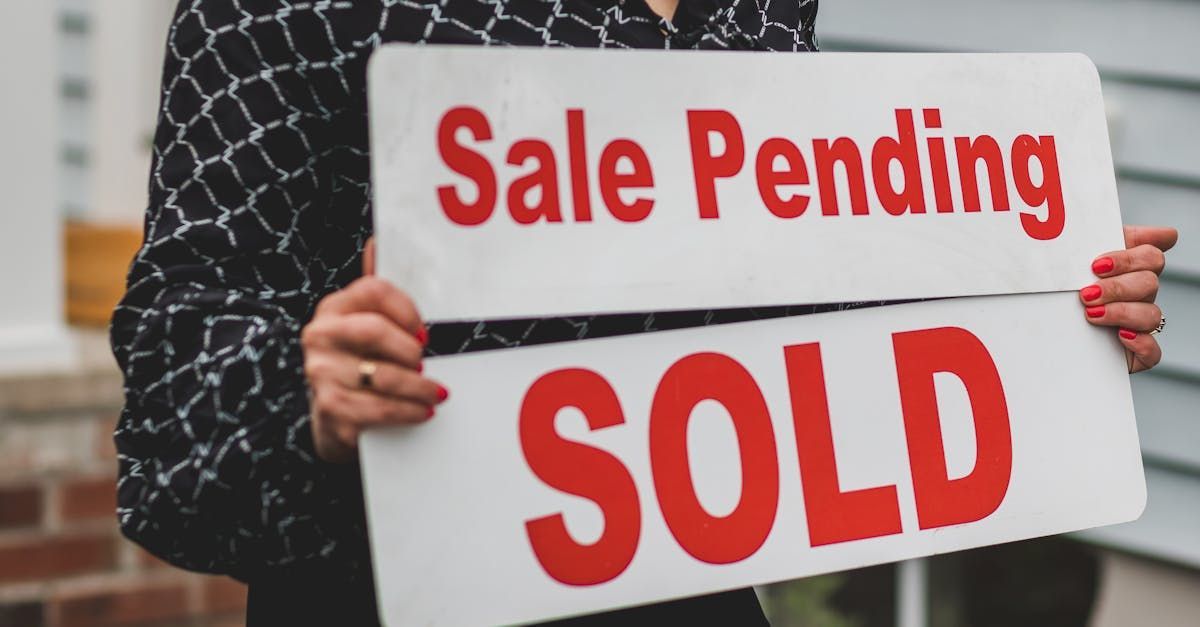Home Sellers
Free Home Evaluation
Curious about your home's market value? Request a free home evaluation today! I’ll provide you with a detailed analysis of your property’s worth based on current market trends and comparable sales in your area. Let’s get started on maximizing your investment—no obligation, just valuable insights!

By Nicole Romero
•
July 20, 2024
f you’ve been keeping an eye on the market, hoping to find a home that better fits your needs, you’re probably also mentally listing the tasks you need to tackle before selling your current home. While you might have some projects to complete, don’t rush into installing new quartz countertops or planning an expensive bathroom remodel just yet. Here’s what to focus on first! 1. Check Your Home's Condition Start by assessing the overall condition of your house. Are there minor touch-ups that need attention? Look for things like torn window screens, a door needing a fresh coat of paint, scuffed floors, dirty windows, and overgrown landscaping. Focus on these basics before diving into bigger projects. These cost-effective tasks can significantly improve your home’s appearance. Sometimes, a few coats of paint can revive your living area. Walk through your home starting at the front door and view it from a buyer’s perspective to spot areas needing improvement. 2. Check Out the Competition Before investing in expensive updates, see what comparable homes in your neighborhood are offering. Are you the only house lagging behind on updates? If so, consider investing in the most cost-effective areas. Avoid over-renovating! While fancy kitchen updates might seem appealing, you don’t want to out-price your own neighborhood. Also, investigate what's happening in your area. Is there a new subdivision development that could affect your home’s value? Are you in a seller’s or buyer’s market? Get the inside scoop before deciding on updates. 3. Know the Top ROI Projects According to the 2019 Remodeling Impact Report, these are the top Return on Investment (ROI) projects: New Roofing: 107% of value recovered New Hardwood Floors: 106% of value recovered Refinished Hardwood Floors: 100% of value recovered If your floors or roof are in rough shape, these projects might be worth the investment. However, always check your competition and consult with me before major renovations. Consider the cost versus the payoff. If you need to get your house on the market quickly, redoing all your flooring might not be worth the time and hassle. In such cases, focus on smaller cosmetic updates to give your space a style boost and attract more buyers.

By Nicole Romero
•
July 20, 2024
Have you ever wanted to move from your current home to another one? Whether you're looking to move up to a bigger place to accommodate a growing family, move up from your starter home, downsize, or shorten your commute due to a job change, this transition can seem overwhelming! The first step is to understand five different strategies you can use to make this move happen. Each strategy has pros and cons, and it’s important to review each one to find the best fit for you. Strategy 1: Sell with Contingency and Buy with Coordinated Closings With this option, we will put your home on the market and get a contract with a contingency that allows you time to find your new home. Once you find your replacement property and go under contract, both closings will be coordinated on the same day so you can move directly from the house you are selling into your new home. Strategy 2: Buy with Contingency and Sell with Coordinated Closings Here, we find your new home and get it under contract with a contingency that gives you time to sell your current house. We then put your current house on the market and get a contract. Both closings will be coordinated on the same day so you can move directly from the house you are selling into your new home. Strategy 3: Sell Without Contingency and Buy Without Coordinated Closings In this strategy, you put your current home on the market without any contingency to find a replacement property and get your current place under contract. You look for your replacement home and try to get one under contract that can close concurrently with the closing of your current home. If you can’t find your new home in time, you are prepared to move to temporary housing while you continue to look for the right home. Strategy 4: Buy Without Contingency and Sell Without Coordinated Closings With this option, you find the replacement property and put it under contract without needing to sell your current home to make the purchase happen. This often involves a bridge loan to have the cash for the down payment on your new home or being able to qualify without selling your current home. Strategy 5: Turn Your Current Home into an Investment Property In this scenario, you will keep your current home and turn it into an investment property. You buy your new home and then put a renter into your current home. Feel free to reach out if you need more information or assistance!

By Nicole Romero
•
July 20, 2024
One of the most critical aspects of selling your home is pricing it correctly. Grab a notebook and your favorite pen, and let's get started! 1. Location, Location, Location! The adage holds true—location is paramount when pricing your home. If your home is in a popular subdivision within a sought-after school district, its value will be higher compared to a house near a busy road or commercial buildings. The desirability of your location plays a significant role in determining your home's market value. 2. Condition of the Home The state of your home significantly impacts its value. Issues like shabby carpet, wood rot, worn floors, rickety doors, and ripped screens should be addressed before selling. A well-maintained home reassures buyers, making them see it as low maintenance. Most buyers prefer move-in-ready homes unless they’re looking for a fixer-upper, which typically sells at a lower price. 3. Competition in Your Neighborhood The competition in your neighborhood affects your home's value. If a nearby house is listed for $650,000 and has updated kitchens and bathrooms while yours does not, you'll need to price your home accordingly. Consider the condition, square footage, and market time of nearby listings to determine if they're priced appropriately. Buyers will compare your home with others in the area, so be mindful of your competition. 4. Recent Sales History Examine comparable homes in your neighborhood that have sold within the past 3-6 months. These sales provide a realistic idea of what homes are selling for, their time on the market, and how they compare to yours. If there aren't recent comps or your area has low turnover, you'll need to broaden your search parameters. This data is crucial for setting a competitive and attractive price. Pricing your home correctly is vital for a successful sale. By considering these factors, you'll be guided to a price that makes sense. It's also essential to work with a real estate agent who can honestly assess your home's value. I’d love to offer you a free, no-obligation seller consultation to discuss all these factors.

As a professional landlord and property manager, I'm committed to bringing you the best rental experience possible
